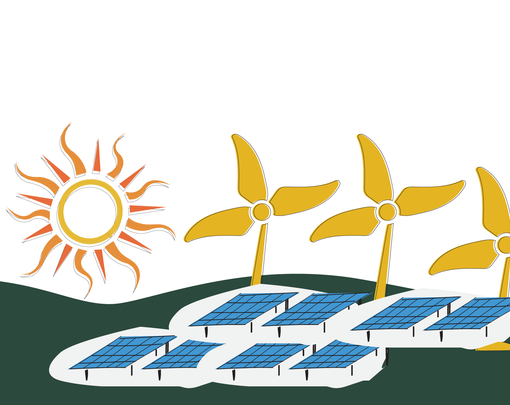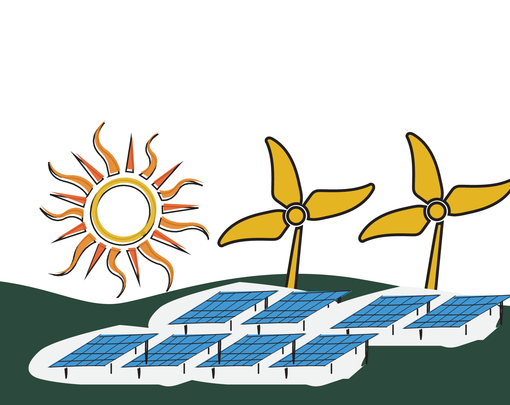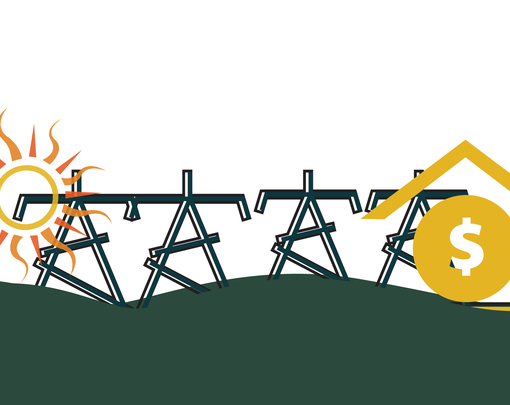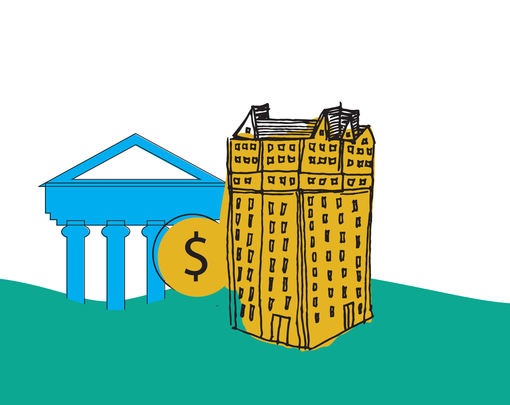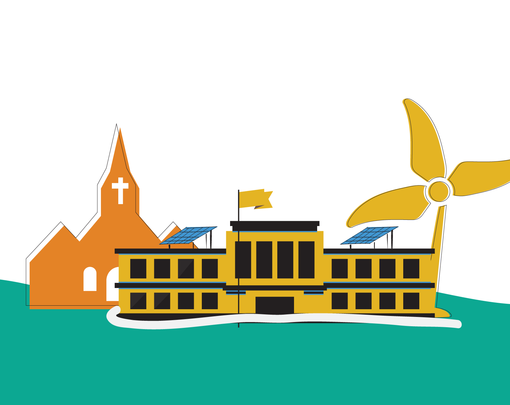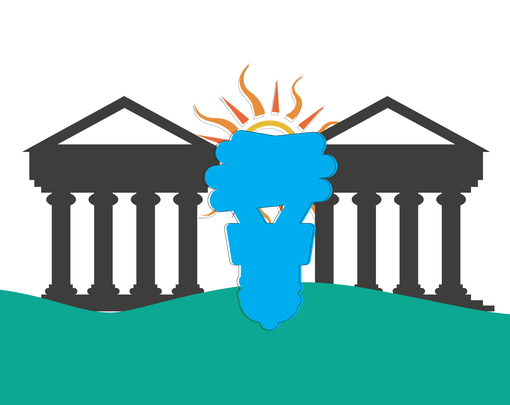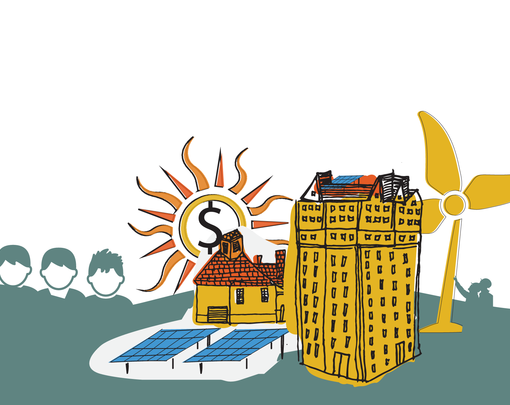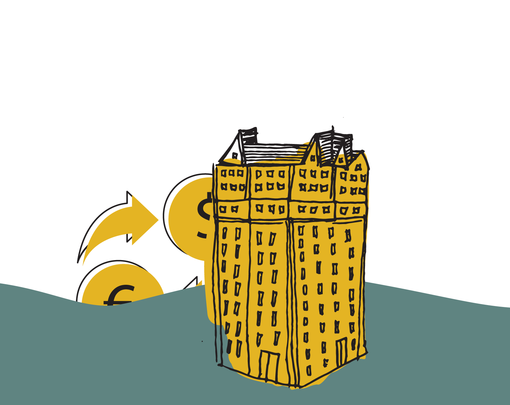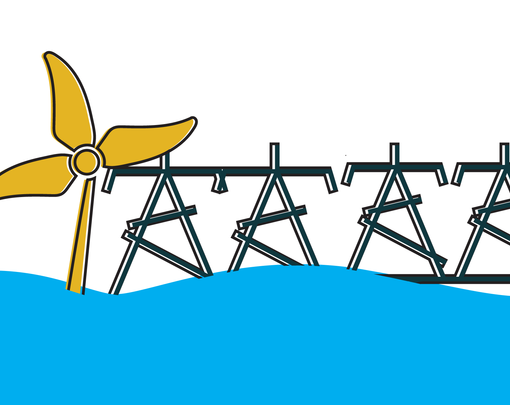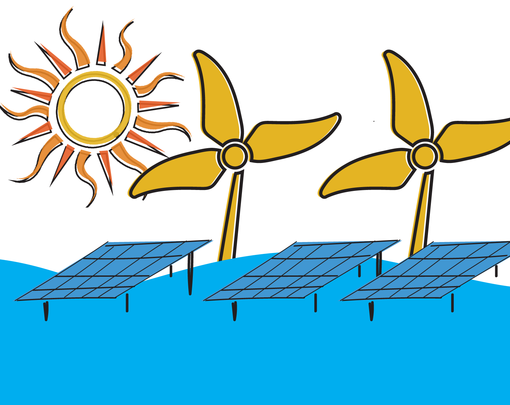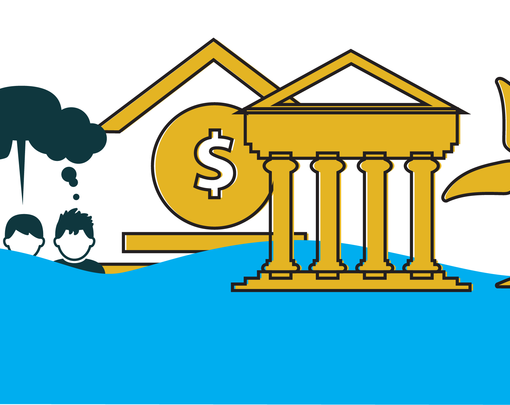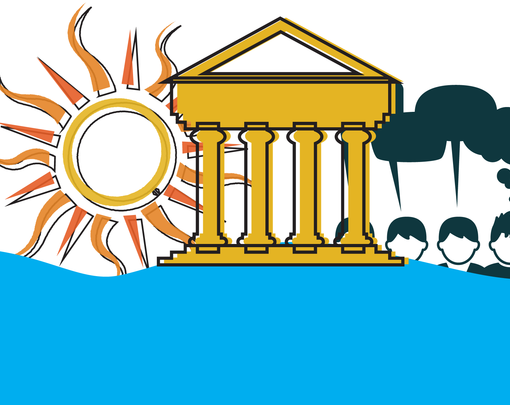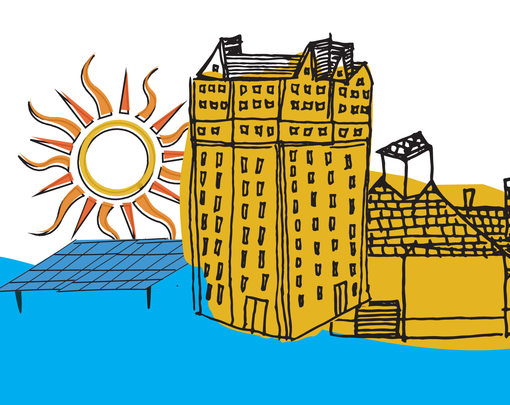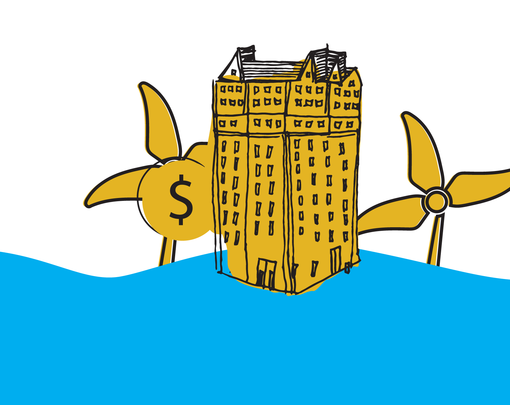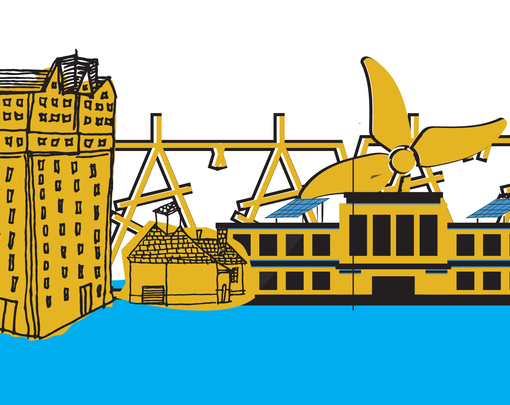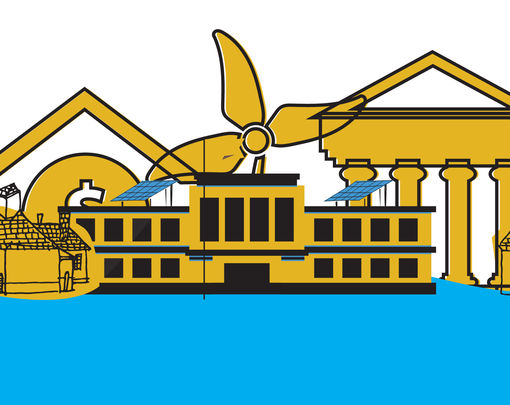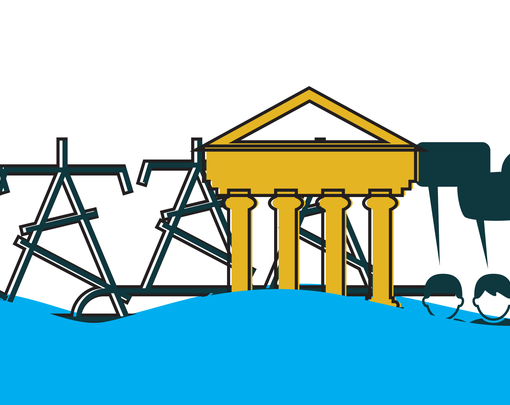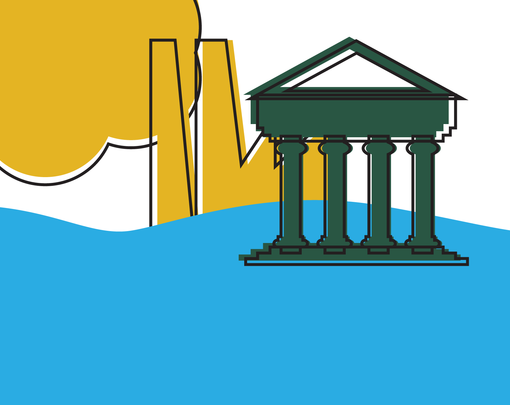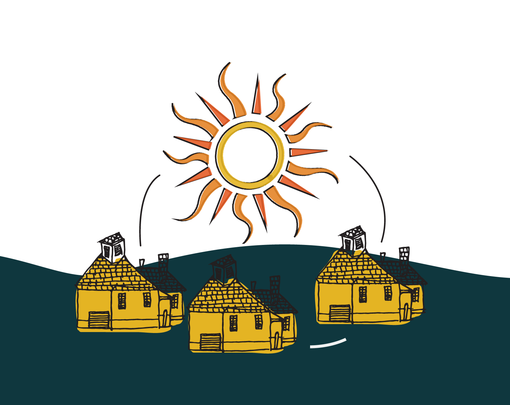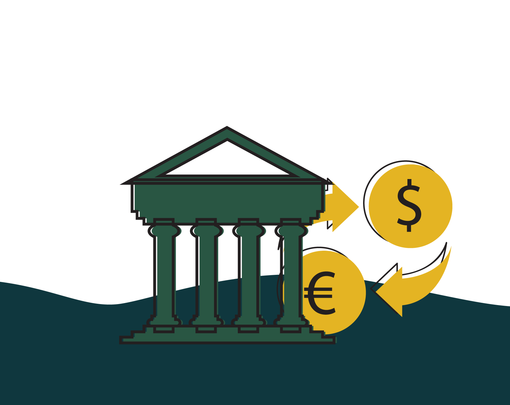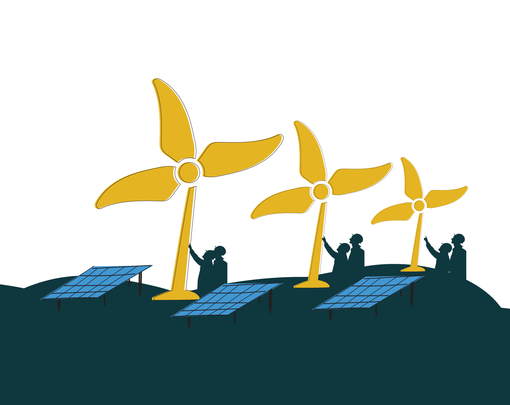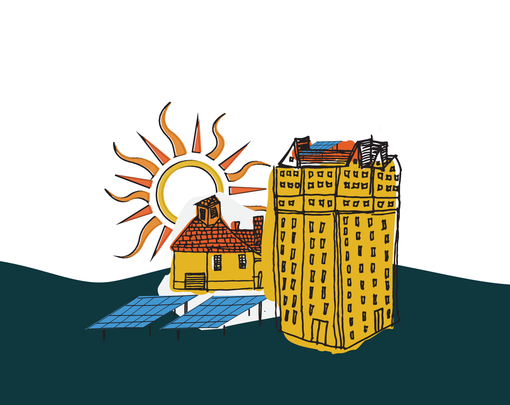Establish a source of credit that families and/or community institutions can access in order to make energy efficiency improvements or switch to renewable power generation, where the money used is paid back into a growing fund.
Policy Support:
Establishment of a stand-alone fund, or partnership with a Community Development Financial Institution (CDFI).
Build Capacity?
A self-sustaining loan fund is arguably more cost-effective than one-time subsidies, and can be less politically fragile. Establishes a community-based financial institution, which can also serve as an economically self-sustaining hub to convene stakeholders and align technical assistance, community outreach, and job quality monitoring.
Risk & Drawbacks?
Like any financial institution, a revolving loan fund is complicated to establish. Its dependence on debt as primary mechanism may make inclusion of lower-income households more difficult or less likely to generate the returns necessary to become self-sustaining.
Inspiring Examples:
Clean Energy Works Portland (Oregon), started with a federal grant in 2009, ran a pilot revolving loan fund program that made 500 loans, and supported high-road green jobs. Rebranded as Enhabit, it continues this work in partnership with local credit unions and nonprofit lenders.

